Zenkora has 4 major continents:
- Eimia, the Mother Continent
- Axia, the Northern Shattered Continent
- Evyia, the Western Shattered Continent
- Nielia, the Southern Shattered Continent
In the first era, there were actually only two continents- Eimia and Yadolba. A cataclysmic event during the War of the Titans in the First Era brought a massive meteor hurtling down into the center of Yadolba, causing a massive a tectonic movement that broke the continent into 3 separate pieces.
All humans in Zenkora can trace their genealogy back to Eimia, home to 6 major regions:
- Meimera (Z-Asia)
- Naranija (Z-Indoarabia)
- Oromanta (Z-Africa)
- The Four Nations (Z-Native Americans/First Nations)
- Laraenia (Z-Europe)
- Tabar (Z-Mediterranean)
Prior to the Third Era, there were no human settlements on any of the three Shattered Continents. The first settlers from Laraenia set sail from Ostangos at the dawn of the Third Era, landing on the arid, scrub-covered western coast of Evyia, founding the city known today as First Landing (the setting of the Virtuetown storyline). A decade later, the first Meimeran pioneers sailed from Changmei and landed in the swamps of eastern Nielia.
In the modern Fifth era of Zenkora, there are many nations and cultures spread across these 4 continents- a topic for another Did You Know post!
-Alex




